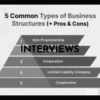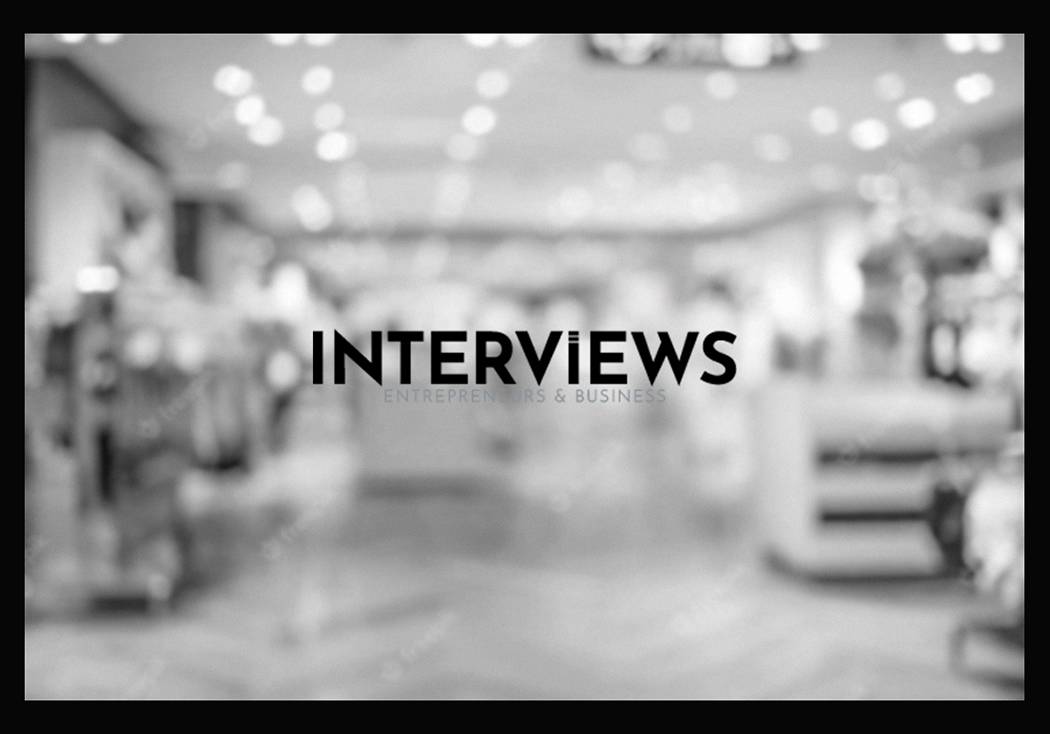Ready to Take Your Product to Retail? Let’s Get Shelf-Ready.
You have a product. Great! It may be selling well online or sitting idle in your garage, but you’re thinking retail. Smart choice. Hold on, though. Before imagining your product on store shelves, let’s discuss what it takes to get there.
Is Your Product Retail-Ready? Honest Self-Check Time.
First, ask if you’re ready for retail. It’s not just desire. It requires preparation.
- Unique Value Proposition: What makes your product special? Not just “it’s good.” Is it solving problems uniquely? Identify your selling point. Retailers want products to excite *their* customers.
- Pitch Perfect: Your pitch should be tight. Think of it as your product’s store profile. Why should they care? Practice until it’s flawless.
- Price is Right (for Retail): The online price might need a rethink. Retail pricing includes wholesale costs and retailer markups. Check your numbers. Use a calculator.
Knock, Knock, Retailer Calling. (But Strategically).
Your product is ready. Your pitch is sharp, and your price is set. Now find stores that will love your product. Spoiler: not every store fits.
- Start Local, Think Global: Begin small. Don’t rush to supermarkets. Focus on local boutiques and specialty shops. It’s like dating – start with coffee, not a proposal.
- Research is Your BFF: Investigate stores. Does your product match their style and customer? Would artisanal beard oil sell at a toy store? Visit and browse to understand.
- Marketing Mojo to Woo Store Owners: Avoid a sales sheet. Instead, send personalized emails or samples. Make them feel special. Show why *their* store needs *your* product.
Reaching Out: The Art of the Ask.
You’ve found stores to approach. Now, how to connect? Here’s how, from old-school to digital.
- In-Person: Bold move. Pitching on the spot requires guts. Be prepared and professional. Timing is key; don’t interrupt during busy hours.
- Email: Craft a concise email. Introduce yourself, your product, and why it fits their store. Keep it brief; owners are busy.
- Phone Call: A voice can be more persuasive than an email. Be ready to pitch and respectful of their time. If rushed, offer to send info via email.
Pro-Tips for Contacting Stores:
- First Impressions Matter: Be professional. Check grammar and be polite. Avoid looking unkempt.
- Follow Up (Don’t Stalk): No reply? A polite nudge after a week is fine. Don’t spam them daily.
- Persistence Pays Off (Sometimes): Retail is hard. Rejection happens. Learn, refine, and keep trying, but recognize when to pivot.
Supermarket Sweep? Hold My Cart.
Supermarkets are the big leagues. Getting in is like hitting the retail jackpot. Ready?
- Buyer Beware: Each category has specialized buyers. You must find the right one. Think like a detective, but use Google.
- Permits, Packaging, and Pitch, Oh My!: Supermarkets enforce rules. Prepare necessary permits for your product. Ensure packaging is supermarket-ready with barcodes for appeal.
- Market Research is Your Crystal Ball: Supermarkets want assurance your product will *sell*. Research effectively to provide proof. Data over dreams.
- Distributors and Store Managers: Expect to work with distributors. Build relations with managers to gain access.
Targeting Target? Bullseye!
Eager to see your product at Target? Here’s how to get their attention:
- Supplier Intake Form: Target offers a Supplier Intake Form online. Complete this to express your interest.
- Broker or Sales Team: After submitting the form, don’t wait. Follow up. Connect with a broker or the sales team for guidance.
- Negotiation Ninja: If Target shows interest, prepare to negotiate. Discuss pricing, promotions, and supply issues.
- Quality, Price, and Happy Customers: Target maintains high standards. Ensure top-notch quality and a price customers love.
- Volume, Volume, Volume: Target sells in large quantities. Ensure you can keep up with their demands.
Sales and Marketing: It’s Not Just About Getting In.
Getting a store spot is just the start. You must ensure sales. Consider this your toolkit:
- Sales Pitch 2.0: The pitch must show your product as a consistent seller that brings profit to stores. Emphasize long-term benefits.
- In-Person Demos: Demonstrations in-store can boost sales. Let customers experience your product.
- Direct Mail – Still Kicking: Direct mail remains effective for local stores or targeted promotions. Just ensure relevance and appeal.
- Online Wholesale Marketplaces: Use platforms like Faire or Handshake to connect with new retailers.
- Trade Shows – Network Like a Pro: Attend trade shows to network with retailers and showcase your product.
- In-Store Marketing Magic: Create compelling displays, promotions, and events to help sell your item.
- Out-of-Store Marketing: Utilize social media and local advertising to direct traffic to stores carrying your product.
- Data is Your Friend: Gather sales data to demonstrate product performance to retailers.
- Retailer Benefits: Focus on benefits for retailers. Increased sales and happy customers improve their image.
- Long-Term Relationships: Building retail relationships is a long-term commitment. Establish trust through excellent support.
Product Presentation: Dress to Impress (Retail Edition).
Packaging is crucial for retailers.
Customers judge products by their packaging. It matters a lot.
- Packaging Perfection: Your packaging must be attractive and functional. It should be easy to stock and eye-catching.
- Retail-Ready Packaging: Retailers prefer packaging that needs no assembly. Make it simple for them.
- Customize, But Keep it Simple: Creativity is good. Simplicity is better. Keep it clean and on-brand.
- Details Matter: Inside and outside details count. Inside printing can surprise customers. Small details have a big impact.
The Price of Admission: Costs and Fees in Retail.
Retail has costs. Prepare for that. Let’s look at some financial factors.
- Shelf Space Costs: Often, you pay for shelf space. It is like renting retail space for your product.
- Slotting Fees: Retailers charge slotting fees for shelf placement. Think of it as a fee to get on their shelves.
- Logistics Fees: These fees cover logistics, warehousing, and operations. They are necessary for new product introductions.
- Referral Fees: Some marketplaces take referral fees from sales instead of subscription fees. Be aware of these charges.
Distribution Channels: How Will Your Product Get There?
Distribution channels lead your product to customers. Here are a few options:
- Direct to Consumers (DTC): Sell directly online to consumers. It works well for small businesses.
- To All Suitable Retailers: Distribute to various local retailers for regional reach.
- To Supermarkets: Target supermarkets for broad distribution. You need volume and permission.
- To Wholesalers: Let wholesalers handle retail distribution. Ideal for larger producers.
- Zero-Level Channel: Manufacturer sells directly to consumers. No intermediaries involved.
Key Ingredients for Retail Success: The Secret Sauce.
No single secret exists for retail success. Here are key essentials:
- High-Quality Product: Retailers want quality products. Ensure yours meets those standards.
- Unique Selling Proposition (USP): Determine what makes your product unique. Highlight that in your marketing.
- Competitive Pricing: Find the right price point. Attractive pricing is crucial for retailers and consumers.
- Strong Marketing Plan: Have a solid marketing and distribution strategy. Show retailers your commitment.
- Adequate Support: Be ready to support your product and handle issues. Good service matters.
- Patience and Persistence: Be patient during the retail process. It may take time to succeed.
- Quality and Customer Service: Focus on quality and service. Happy customers mean success.
Alternative Routes: Beyond Traditional Retail.
Do you want alternatives to traditional retail? Consider these options:
- Online Marketplaces: Platforms like Amazon, Walmart Marketplace, and Etsy allow online selling.
- Selling Crafts to Stores: Craft creators should consider local boutiques for selling their work.
- Dropshipping: Use dropshipping through platforms to avoid inventory. The platform manages shipping logistics.
Becoming the Retailer: Flip the Script.
If other stores aren’t working, start your own! Creating a retail business is different.
- Start or Buy?: Decide if you want to start from scratch or buy an established store. Each has advantages.
- Pick Your Product: Determine what type of store you’ll open and what to sell.
- Pick Your Sales Medium: Choose between a physical store, online, or both formats.
- Funding Your Dream: Determine how to finance the business. Consider loans, savings, or investors.
- Legally Legit: Establish your business legally by obtaining required permits and licenses.
- Location, Location, Location: Choose a location with good foot traffic and demographics.
- Inventory Acquisition: Find your inventory through suppliers, manufacturers, or by creating it yourself.
- Inventory Prep: Prepare inventory for sale with pricing and display considerations.
Amazon Deep Dive: The E-Commerce Giant.
Selling on Amazon can be different from other platforms. Here’s a quick overview:
- Amazon Seller Account: Create an account to start selling at sell.amazon.com.
- Selling Plan: Choose between Individual (pay per sale) or Professional (monthly fee) plans.
- Product Listings: List products with clear titles, descriptions, and images to attract buyers.
- Fulfillment Method:
- Fulfillment by Amazon (FBA): Amazon manages storage and shipping but charges fees.
- Merchant Fulfilled (FBM): You handle fulfillment which requires more effort but may yield higher profits.
- Inventory Management: Keep track of your inventory and orders through Amazon Seller Central.
- Product Promotion:
- Amazon Ads: Use ads to promote your products on search results and pages.
- Amazon Stores: Create a branded storefront on Amazon to showcase products effectively.
- Listing Optimization:
- Keywords: Include relevant keywords in your listings for better visibility.
- Customer Reviews: Encourage reviews as they improve credibility and boost sales opportunities.
- Amazon Fees: Know about FBA fees, referral fees, and seller fees. Include them in your pricing strategy.
Pushing your product into retail stores requires work. It is a process that takes preparation and tenacity. With a smart strategy, your shelf goals can become reality. Now go make it happen!





